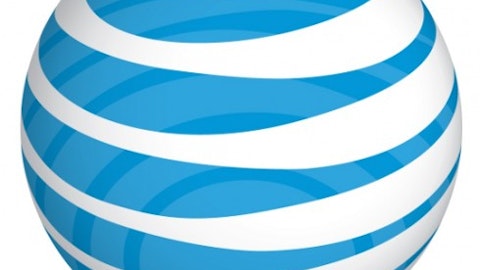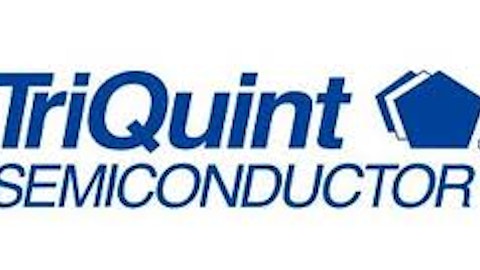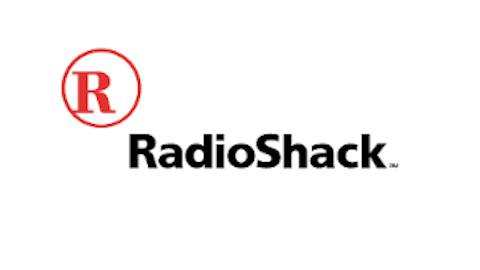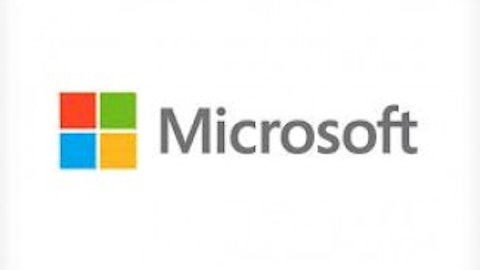Earlier this month Sprint-Nextel became Sprint Nextel Corporation (NYSE:S), with Softbank completing its acquisition of 72% of the shares at $7.65/each.
The remaining shares are now worth under $6, following announcement of yet-another loss, yet Deutsche Bank has a “buy” rating on the stock.
Are they crazy? Let’s find out.

Sprint’s Strategy and Assets
What Sprint Nextel Corporation (NYSE:S) has now that it didn’t have before is a clear strategy. It aims to build out its LTE capacity, using as much frequency as it can get to add as much bandwidth as it can. Then it means to sell that bandwidth at prices lower than AT&T Inc. (NYSE:T) and Verizon Wireless, backed by a big ad campaign that positions it as a legitimate third choice for consumers.
This is what worked well in Japan. After Softbank bought what was then Vodafone Japan, it launched a price war against KDD and NTT which, within a few years, had it as the number one network in the market, a position it still holds.
Sprint Nextel Corporation (NYSE:S) will have plenty of frequency with which to execute its strategy, having completed the acquisition of Clearwire just before the Sprint Nextel Corporation (NYSE:S) deal closed. These deals were seen as crushing the ambitions of Dish Network, which had tried to buy both companies. Yet DISH stock today is valued more highly than it was when the deals closed.
What’s going on?
Capital Requirements
While Sprint Nextel Corporation (NYSE:S) spent $22 billion putting the new American company together, it now needs another $16 billion to rebuild its frequencies into a single digital network.
The $16 billion will mainly go to base stations, $8 billion/year. Sprint says spending will slow after that, but it will still be running at a $6 billion/year rate. As part of all this Sprint Nextel Corporation (NYSE:S) said it intends to build a research facility in Silicon Valley. This could result in Sprint building its own base stations from parts, which would save considerable money.
But we’re still talking about a lot of money.
The average digital phone subscriber now pays about $56/month for service, but only half those subscribers are using smartphones. Verizon Wireless says new smartphone subscribers wind up paying another $15/each for data service, so the average revenue per user (ARPU) from smartphone users comes to $70/month, or $840/year. You can’t expect that increase if a price war breaks out, as Sprint insists it will, so a smartphone subscriber is worth about $800/year.
How many $800/year subscribers does it take to lift $8 billion/year in capital? Two million gives you $1.6 billion in revenue, enough to tote that note and pay for some of the marketing Son will find necessary. Of course, before we can talk about growth we have to see Sprint make up for its current subscriber losses – 1 million in just the last quarter – which will increase as it sunsets its old Nextel network to get the spectrum it needs for growth.
Even assuming a best-case scenario, you spread the profits of that across a $17.76 billion market cap with 3 billion shares and it starts to look pretty thin, at least for a few years. Deutsche Bank’s positive call is based on a best-case scenario, and their price target for the stock is relatively modest. Buy for a small profit a few years from now?
Better Ways to Play
If you care about yield, AT&T Inc. (NYSE:T) offers you a much better way to play.
AT&T is basically a yield stock. You buy it on dips for dividends. You buy it for income.
The current dividend of 45 cents a share yields a fat 5% spread over a year. The price of the stock doesn’t move around much – a low this year of $33, a high of $39 – but you wouldn’t expect that when you’re buying yield.





